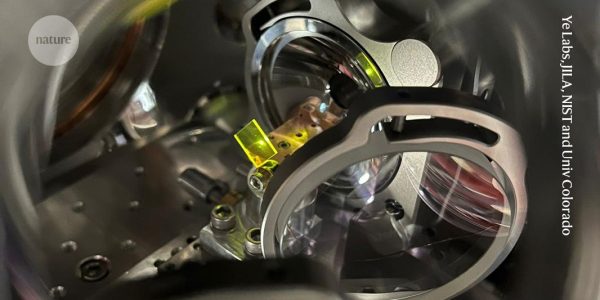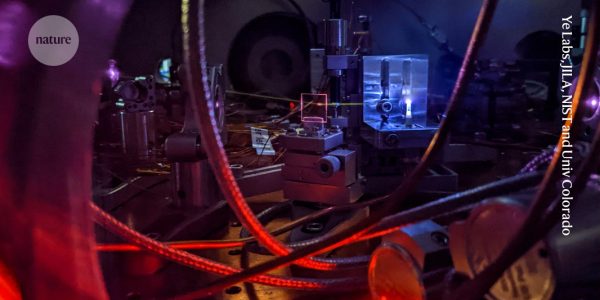Nuclear clocks are close to being one tick closer
A team of physicists has demonstrated that a portable nuclear clock that would help detect light dark matter could be made using thorium-229 atoms. “It becomes insensitive in a way that is kind of unthinkable in terms of how our clocks work today,” said Anne Curtis, an experimental physicist at the National Physical Laboratory (NPL).
The atomic clock breakthrough paves the way for super-precise timekeeping
Researchers at the Johns Hopkins University have found a way to detect the decay in the first energy state of the thorium-229, which could lead to the development of a nuclear clock. They used a system known as a Frequency Comb to detect the transition frequency. This could help narrow down the possible energy ranges in which light dark matter could exist.

